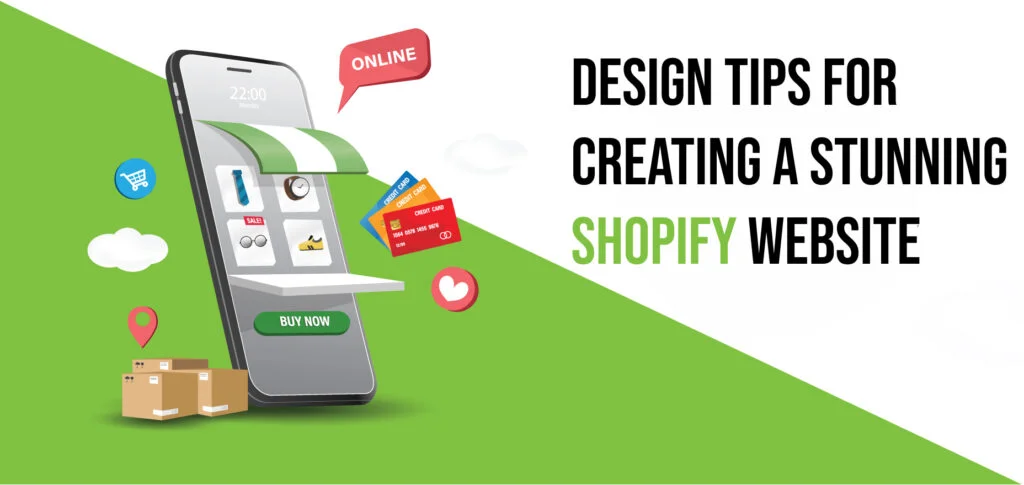Learn about User Interface (UI) Design
User interface design, also known as UI design, is the process of creating user-friendly and aesthetically pleasing interfaces for software, applications, and websites. It involves the design of menus, buttons, icons, and other interactive elements that allow users to navigate and interact with the digital product.

The main goal of UI design is to make the user experience as seamless and intuitive as possible. This means creating interfaces that are easy to use, understand, and navigate, while also making them visually appealing and engaging. A well-designed UI can greatly improve user satisfaction and increase the overall success of a product.
However, UI design also has its challenges and drawbacks. Here are some of the pros and cons:
Here are some of the pros and cons of user interface design:
Pros:
- Improved usability: A well-designed UI can make it easier for users to understand and use a product, which can lead to higher satisfaction and loyalty.
- Increased efficiency: A UI that is intuitive and easy to use can help users complete tasks faster and with fewer mistakes, increasing their productivity.
- Enhanced user experience: A visually appealing and cohesive UI can create a positive emotional response in users and improve their overall experience with a product.
- Increased conversions: A good UI can help encourage users to take desired actions, such as making a purchase or signing up for a service, which can lead to increased conversions and revenue.
- Improved user experience: As mentioned, the main goal of UI design is to improve the user experience. A well-designed UI can make a product more enjoyable to use, which can lead to higher user satisfaction and increased loyalty.
- Enhanced branding: A visually appealing and consistent UI can also help to enhance a brand’s image and differentiate it from competitors. This can be especially important for companies looking to establish a strong brand identity.
- Increased user retention: A good UI can also help to increase user retention by making it easier for users to find what they need and keep them coming back for more. This can lead to increased revenue and long-term success for the product.

Cons:
- Difficulty in predicting user behaviour: It can be difficult to predict how users will interact with a product and design a UI that meets their needs and expectations.
- Risk of oversimplification: To make a UI easy to use, designers may oversimplify it and remove important features or functionality that users need.
- Ongoing maintenance: A UI requires ongoing maintenance and updates to keep it relevant and user-friendly, which can be an added burden for businesses.
- Time and cost: UI design can be time-consuming and costly, especially if it involves extensive research and testing. This can be a drawback for smaller companies or startups with limited resources.
- Limited flexibility: UI design can also be inflexible, as changes made to the interface can have unintended consequences or require extensive reworking. This can be frustrating for designers and can lead to delays in the development process.
- User expectations: Users can have high expectations for UI design, and if a product does not meet these expectations, it can lead to dissatisfaction and negative reviews. This can be especially challenging for designers who are trying to balance user needs with the overall goals of the product.
- Limited creativity: UI design can also be limiting in terms of creativity, as designers must follow certain guidelines and conventions to create an intuitive and user-friendly interface. This can be a challenge for designers who want to push the boundaries and try something new.
Overall, UI design can be a valuable investment for businesses that want to improve the usability and user experience of their products. However, it is important to carefully consider the pros and cons and weigh the costs and benefits before committing to a UI redesign.
Also Read: What is UX Design? Understanding the Process






